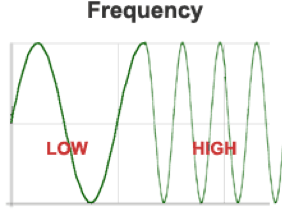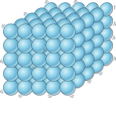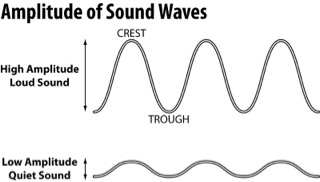Sign up for FlowVella
Sign up with FacebookAlready have an account? Sign in now
By registering you are agreeing to our
Terms of Service
Loading Flow




Sound


How sound travels.
Sound travels by vibrating particles.
Sound is created when a vibrating particle. The louder the sound, the faster the particle vibrates. The softer the sound the slower the particle vibrates. Sound travels by vibrating particles. The starting vibrating particles creates a chain reaction in which it vibrates its neighbor and so on. When the vibration stops, the sound is lost. Sound travels best through solids, as their particles are compressed and close together. It travels second fastest in liquid and slowest in solid.





When a sound wave is seen on the oscilloscope, its shape can determine what pitch and amplitude the sound is. Pitch, or frequency means how high or low a sound is. Amplitude means it's volume.
When a sound wave appears to be far apart, this means the frequency is low, should the waves be close to each other, this means the frequency is high.
When the wave appears tall, it is loud in nature. When the wave is short, the sound is quiet.